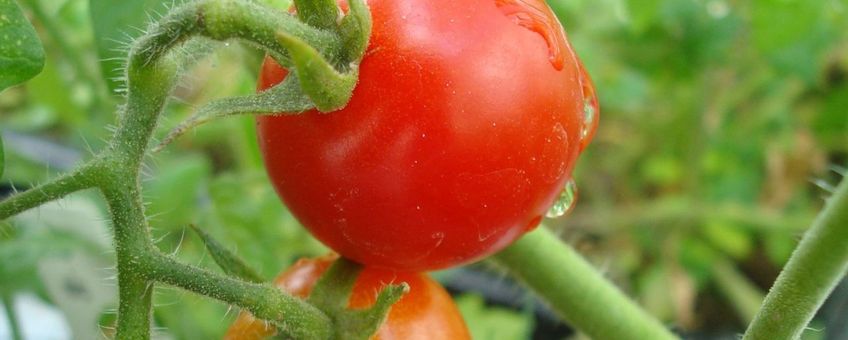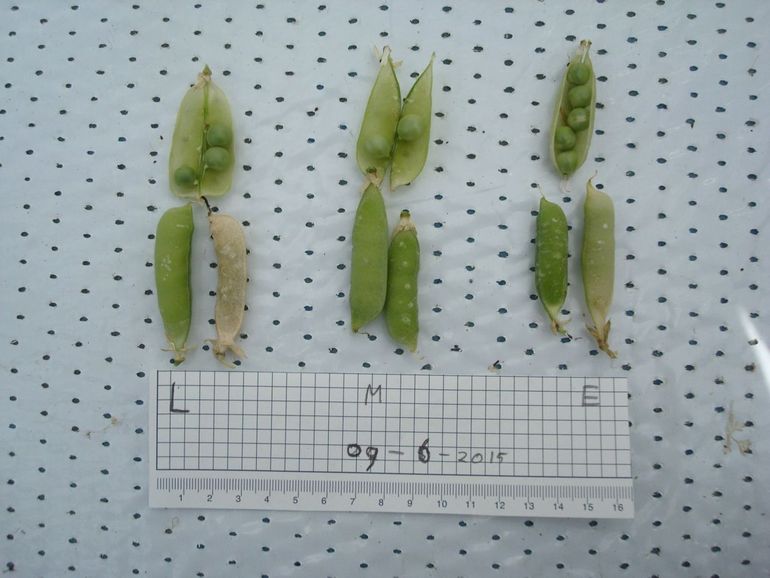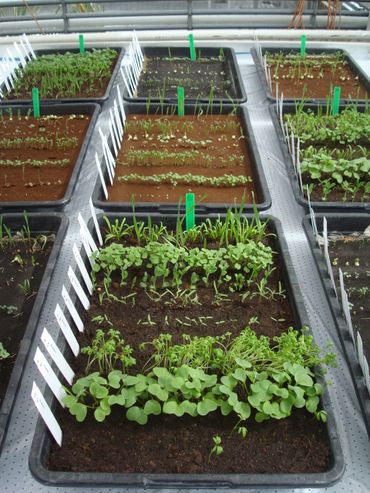
First tomatoes and peas harvested on Mars and moon soil simulant
Wageningen Environmental ResearchMars and moon soil simulant
A few improvements have been made since the first experiment in 2013. Dr Wamelink commented: ‘we used trays instead of small pots and added organic material (fresh cut grass) to the Mars and moon soil simulant. This solved the problem we had with watering in the first experiment and also added manure to the soils’. The crop growth on the moon soil simulant in particular showed improvement. Where in the first experiment most plants died, in this experiment they flourished and we could harvest from the same species as on the Mars soil simulant and the earth potting compost control.

Biomass
 The production of biomass on the Mars soil simulant was lower than on the earth control; however, the difference was small and caused by one of the trays that showed less growth. However, it was not statistically different from the earth control and that was a real surprise for us. According to Dr Wamelink: ‘It shows that the Mars soil simulant has great potential when properly prepared and watered. The biomass growth on the moon soil simulant was less than on both other soils, about half of the biomass. Only the spinach showed poor biomass production’.
The production of biomass on the Mars soil simulant was lower than on the earth control; however, the difference was small and caused by one of the trays that showed less growth. However, it was not statistically different from the earth control and that was a real surprise for us. According to Dr Wamelink: ‘It shows that the Mars soil simulant has great potential when properly prepared and watered. The biomass growth on the moon soil simulant was less than on both other soils, about half of the biomass. Only the spinach showed poor biomass production’.
Heavy metals
Although we harvested several edible crops, we did not eat them. The soils contain heavy metals like lead, arsenic and mercury and there is also a lot of iron. If they become available for the plants they may be taken up and find their way into the fruits, making them poisonous. Further research on this is necessary and this is one reason why a crowdfunding campaign has been started in order to finance the third experiment that will be all about food safety. This experiment will start in April 2016 with the growth of a new batch of crops including potatoes and beans. If the crops prove to be safe to eat, the funders will be invited for dinner where a ‘Martian meal’ will be served that includes the harvested crops, (at least for those who dare!).
The experiment
Ten different crop species, tomato, rye, radish, pea, leek, spinach, garden rocket, cress, quinoa and chives were sown in trays with either Mars or moon soil simulant and earth potting compost as a control. The experiment began in April 2015 and final harvest took place in October 2015. Plants were cultivated in a glass house under constant temperature, humidity and light conditions and under earth atmosphere. This is because we expect that first crop growth on Mars and moon will take place in underground rooms to protect the plants from the hostile environment including cosmic radiation. We use Mars and moon soil simulants provided by NASA, that mimic Mars and moon soil as closely as possible. The Mars soil simulant originates from a volcano on Hawaii and the moon soil simulant from an Arizonian desert.
Text and images: Wieger Wamelink, Alterra Wageningen UR (lead image: first red tomato ever on Mars soil simulant, five months after the start of the experiment)
